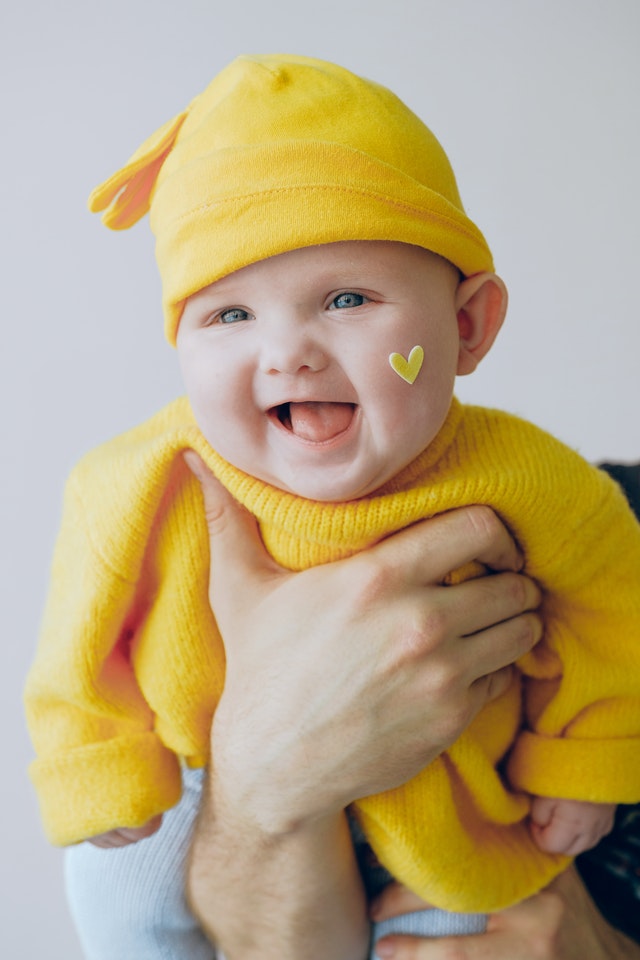Say AHHHH! 10 Activities to Help Your Child Vocalize

Say AHHHH! 10 Activities to Help Your Child Vocalize
Vocalizations are sounds that children use before they learn to talk. They can be grouped into two categories: speech like and nonspeech vocalizations. Speech vocalizations include consonant and vowel sounds (ex: mama, dada, nana) and nonspeech vocalizations include cooing, burping, and laughing sounds. The ability to vocalize is one of the building blocks of verbal communication.
Try some of these tips below to get your child vocalizing more at home.
1. Sing with your child. Begin to sing a familiar children’s song with your child. While you are singing, stop midway through the song and see if your child will make a sound and fill in the blank of the song. For example, “The itsy-bitsy spider went up the water __, Down came the rain and washed the spider __.”
Here are some of my favorite children’s songs to practice this strategy with:
Itsy Bitsy Spider
Wheels on the Bus
Row Row Row Your Boat
If You’re Happy and You Know It
Twinkle Twinkle Little Star
Five Little Monkeys
The ABC song
Head, Shoulders, Knees and Toes
This is the Way we make our bed/wash our face/tie our shoes, etc.
2. Make sound effects as you play with your child. Cars can say “Beep-Beep, Honk-Honk, Ready-Set-Go!” Dolls can say “Please, thank you and I love you.” Don’t be afraid to get silly and creative with these sound effects.
3. Make silly animal sounds. This is fun to do if your child has animal toys or if you are singing Old McDonald Had a Farm.
4. Try noisy toys. Try party horns, whistles, echo microphones and noisemakers to help your child make new sounds.
5. Say Wheeeee during movement activities. Make sound effects as you swing on the swings, use the slide, balance on the seesaw, or bounce on an exercise ball.
6. Play dentist. Pretend to look inside your child’s mouth for cavities. You can even use a tongue depressor to gently hold down the tongue. Prompt your child to say AHHH as you look inside his or her mouth. Have your child take turns playing the dentist and the patient during this game.
7. Play in front of the mirror. Have fun sticking out your tongue, smiling, frowning, smacking your lips, and saying vowel sounds (OOO, AHH, EEE). This is a silly way to get your child to imitate your mouth movements.
8. Enjoy your food. While you and your child are eating, rub your tummy and say “mm-mm” to encourage production of the /m/ sound.
9. Make silly sounds. Pretend to sneeze, cough, burp, laugh, and hiccup. This will get your child laughing and trying to make the same noises too.
10. Practice sounds during daily routines. Notice sounds that you hear in your everyday life, like the sound of running water, the creaking of a door, the soft bristles of your toothbrush on your teeth. Model these sounds with your child in a fun and playful way. Pretty soon, he or she will be trying to imitate these sounds too!
References (https://link.springer.com/referenceworkentry/10.1007%2F978-1-4419-1698-3_992)
